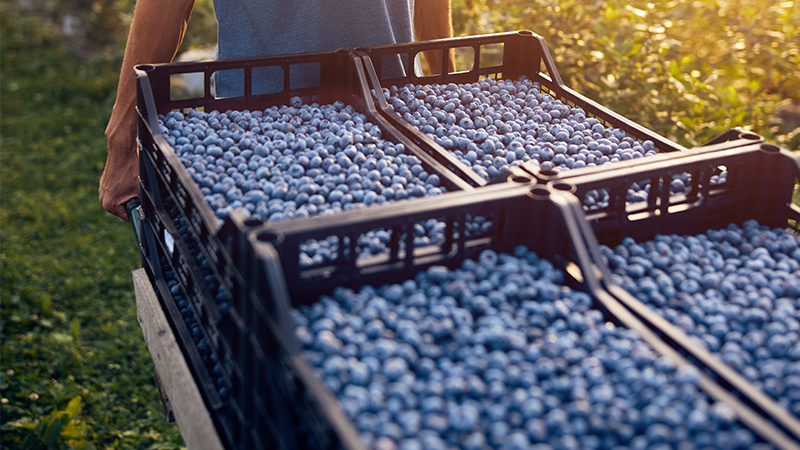Biotechnology Beating A Path To Better Crop Production

Mike Gans, managing partner for Pathway BioLogic
How has advancing technology allowed the development and use of biologic materials in modern specialty crop production?
Gans: It’s not only the advanced technology that is bringing biological alternatives to the forefront of everyday agriculture. It is advancements made in microbiological methods of identification and characterization that have positioned the biological alternatives as effective, cost competitive, and culturally sustainable option. More importantly is the increasing demand to identify sustainable solutions in agriculture to improve soil and plant health and positively impact yield within the same ground currently being farmed. By 2050, we will need twice the food we produce today to keep up with the growing population. Pathway programs and products work to positively impact the soil and plant improving yields while protecting the ecosystem and biodiversity.
Do you see growers becoming more accepting of these newer technologies, and why?
Gans: Yes. Growers are witnessing the biodiversity decline in their soils, waters, and entire ecosystems. The lack of effectiveness of nutrients and the continued increase in fungicidal and pesticidal needs are increasing costs without an acceptable ROI. The biological alternatives are reversing these trends. The grower is experiencing ease of product deployment due to patented product alternatives either soluble, liquid, or granular standalone or blended materials with or into primary or secondary nutrients. The grower is realizing greater nutrient utilization, plant uniformity, plant resistance, and improved overall crop production.
What mechanisms come into play with biologic materials to maximize the genetic potential of various crops?
Gans: Biological programs and materials promote and enhance biodiversity, biological cycles, and soil biological activity maintaining and restoring ecological harmony. These programs are platforms of complex plant, animal, and microorganism communities and their non-living environments interacting as a functional units. These functional units produce plant growth hormones such as auxins and cytokinins, antimicrobial compounds against plant pathogens, and secretions of hydrolytic enzymes that enhance the availability of nutrients to the plant. The biological world and the chemical nutrient world come to play in the same habitat where ecological harmony can be maintained meeting and surpassing BMP requirements and environmental needs of society. In this soil, the plant grows to its genetic potential and the grower succeeds with a positive ROI.
Can biological materials help beyond actual production into things like shelflife?
Gans: Yes. Much of our agricultural soils have been exhausted of the minerals and organic material needed to grow nutritious food. Studies have shown that nutrient-dense food is superior to low nutrition food in appearance, taste, and texture. Nutrient-dense food provides higher levels of sweetness, natural flavors, vitamins, and mineral concentrations. The more nutrient-rich crops reveal a healthier texture and weight positively impacting the shelflife of the crop. The enhanced shelflife is seen in the crops’ ability to withstand shipping stress. The crop is less susceptible to mold and fungus, and is more resistant to insects. The Pathway programs facilitate the transformation of the soil, the retention of nutrients, the increased conversion of organic materials, and ultimately the confirmation of biodiversity.









